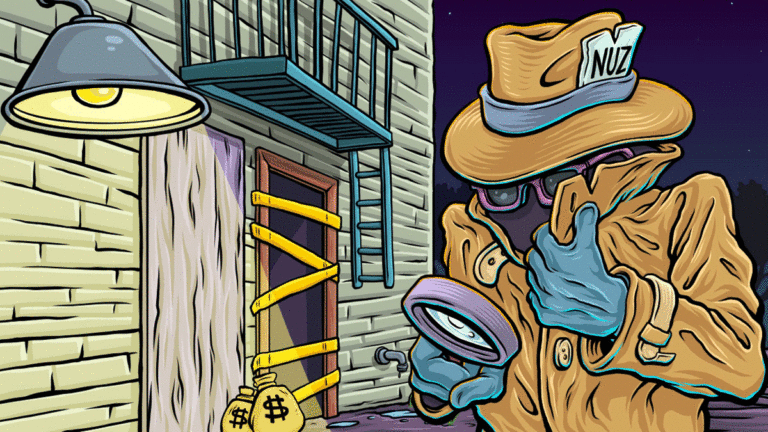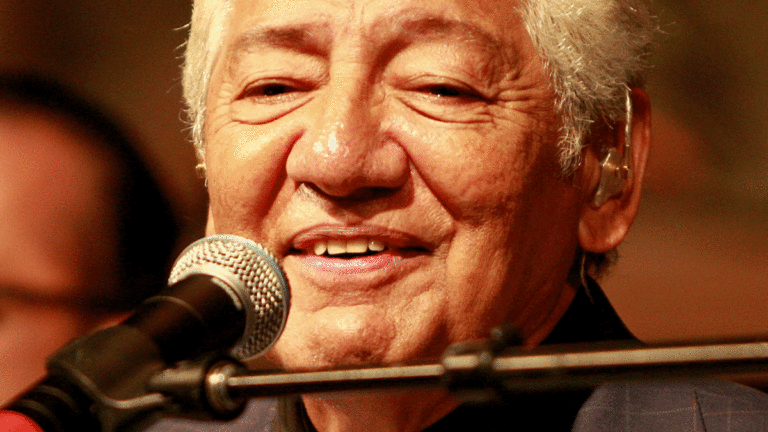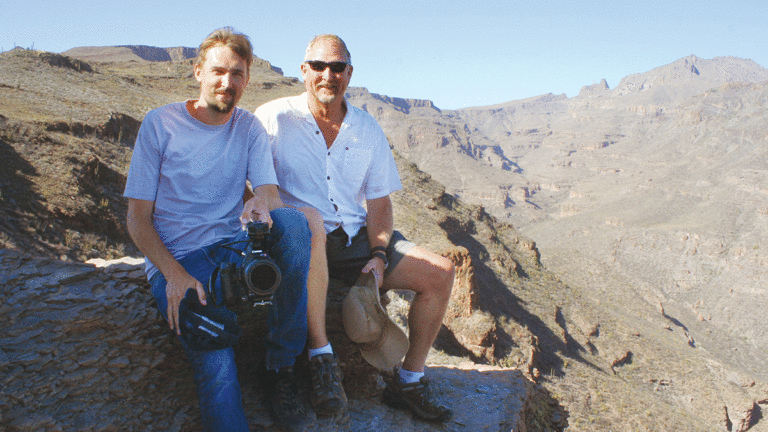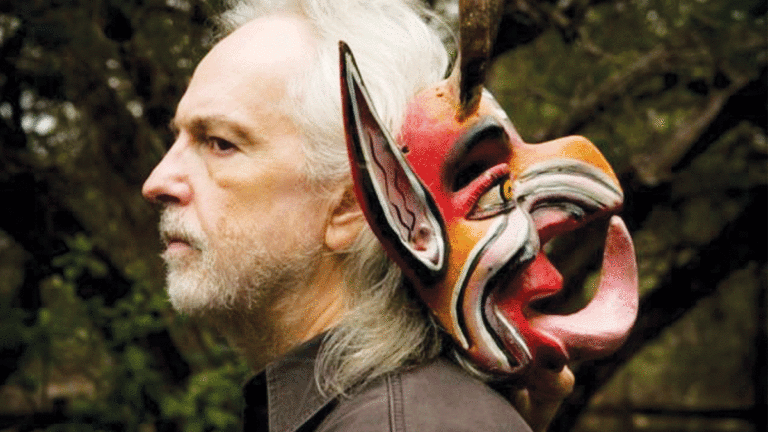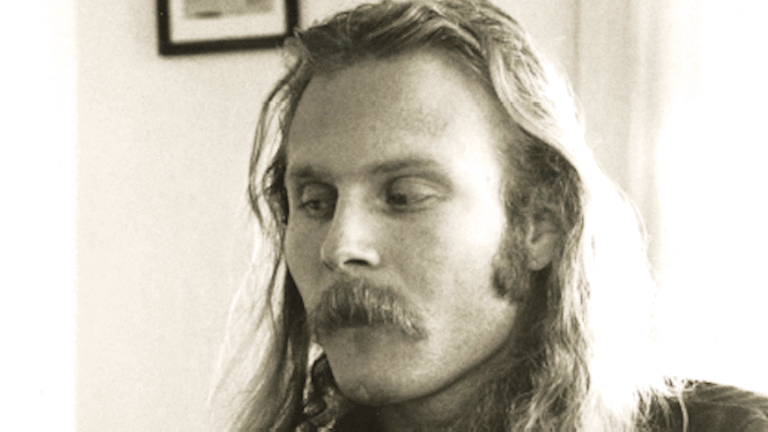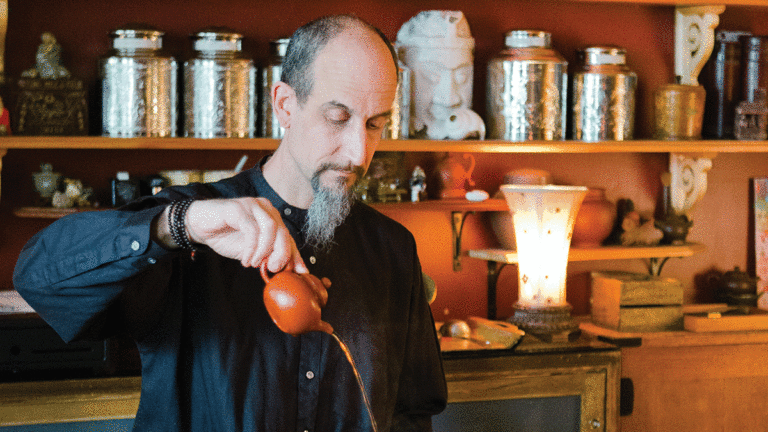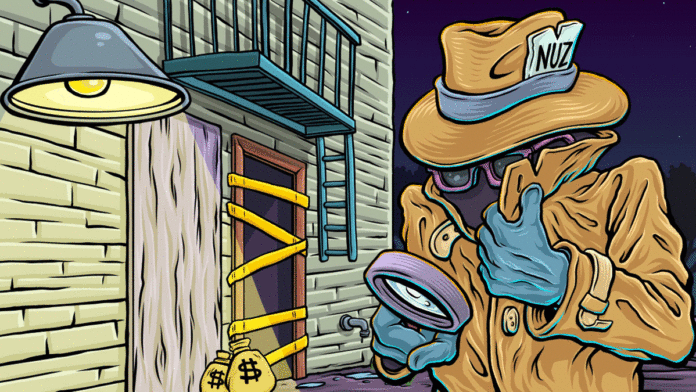Aries is always the first sign of the new spiritual year. It is the seed pushing forth the first two leaves (they look like rams’ horns, the Aries sign) emerging from the Earth during spring.
Aries (sign, person, time), the first sign of the zodiac, holds the force of creation. However, Aries realizes that it is only with patience and time that the creative force can come into practical focus and substance. Aries’ fire is unable to complete tasks and projects. Completion is not the task of Aries; that is the task of Taurus. Aries hands the initiating fiery ideas from the Mind of God to Taurus for anchoring, application and completion. And so here we are in Taurus for a month.
Taurus is the sign of desire. It is also the sign of aspiration. Taurus lives within slow time. Taurus ponders things deeply before coming to any final decisions. During Taurus, it’s good to understand the planetary frequencies available and influencing us each day.
Sunday: the sun guiding us, illuminating our mind to look toward the week ahead. Monday’s moon helps us nurture daily home life. Tuesday: Mars helps to ensure that our actions and power are expressed with kindness, wisdom and in a rhythmic regulatory way, creating Goodwill. Mercury, the messenger, rules Wednesday, providing us with discernment and discrimination as to what is right and what is not right. Thursday is Jupiter’s day, offering the qualities of generosity, expansion, love, and joy. Friday, Venus guides us into experiences of beauty and Right Relations. Venus unifies all separations. Saturday is Saturn’s day, helping us learn more, clarify all matters, complete our past week and create new structure for the days and weeks ahead.
ARIES: Past abilities and gifts emerge in your daily life. There are many, and they are good. Wounds go into hiding for a while. Tend with mindfulness to all daily tasks, especially if traveling. Responsibilities increase; love increases, too. Find Taurus people and communicate with them. They comfort you. Be prudent with money while also tithing and sharing.
TAURUS: In these times, as the reorientation of humanity and our economy continues, you tell us why and how and what to prepare for life on the edge, life without comforts, and how to still maintain the art of living. It’s time to gather materials for a greenhouse. Old wood-framed glass doors and windows will do.
GEMINI: So many responsibilities call you. And whatever does, no matter when, you must do your very focused best to tend with care and mindfulness. Two directions imply an opposition, which creates much resistance at first. Later, acceptance comes, and a blending of the many. Your intuition is active, wanting to bring forth synthesis. Ask for more information and ask for all that you need. Then wait for the subtle quiet answers in response.
CANCER: Many of us are experiencing inflammation and pain, especially in the knees (Saturn, south node, Pluto in Capricorn). Turmeric is an anti-inflammatory. Preparing East Indian (or ayurvedic) foods are best for healing and digestion. Indian spices have health benefits—turmeric is anti-inflammatory, as is coriander (it also contains magnesium); cayenne and black pepper for warmth; cumin aids in digestion; chilis have Vitamin C. Dry roast the spices, then add ghee (clarified butter). These are nurturing Capricorn/Saturn health tips. Capricorn is your opposite sign.
LEO: Tending to self is your Easter season task. Is there contact, communication and emotional support with and from family? Are many things from the past remaining behind the scenes and hidden away? You can no longer stay hidden. Leo is the light of life for others. Leo is to discover their creative loving self, like a found object of self. We are to discover that we are each an art form. Leo is to discover this first.
VIRGO: Focus on serving others and not on anything else. Sometimes it’s hard to do our work with concentration and dedication. However, if we have an intention to do something in a certain way, like focusing on our intention to serve, then it becomes easier. What you receive by doing this is a clear and grounded sense of self. The wound that’s always hurting will slowly dissolve. Clarity of vision and purpose then emerge. You need all of these.
LIBRA: In daily life, you’ve become prudent, disciplined, focused, reliable, industrious, serious, reserved, patient, and persevering. You’ve assumed more and more responsibilities. Some Librans have stepped into a healing role. Are you, however, the one in need of healing? Do not allow any type of insecurity or inhibitions to limit you. Think these through. Be only with those who care for, love, support, and see you as perfect.
SCORPIO: There’s a new state of creativity flowing through you. Music, very important at this time, must be in your environments at all times. Travel, study, culture, sculpting, hiking, archery, horse tending and/or riding are past abilities, talents and gifts you can again cultivate. Tend to mundane tasks carefully and honor the details. Blessings create new and deeper awareness and responses.
SAGITTARIUS: Home, for so long in a state of here and not here, now assumes a more defined reality. Bring in bright colors—plants, vines, cactus, aquariums, Tibetan art, lights, and a flash of neon. They create the style you seek. Home is your sangha (refuge), sanctuary and retreat. Try not to be at odds with anyone. Tend to all tasks with constancy and loving care. You are to expand into a new identity, growth and development.
CAPRICORN: The tension and pressure you’re feeling can be used creatively. Know that a self-transformation is slowly coming your way. Cooperation is available from everyone. Teaching others to cooperate nurtures them and you. Everyone sees you as someone of great value, providing you with the courage needed that transforms all situations. You answer to needs. You are the harmony after the conflict. All that you do is good.
AQUARIUS: It’s important to secure your money and not use it indiscriminately. It’s also important to share it with those in need. Your money should be used to safeguard your future, work and family. Invest with others in land, consider what it would take to build an agrarian community. Assess the world situation, and be the first to communicate what you see. A new world is coming. You will play a major part in its establishment.
PISCES: Is your daily life feeling somewhat shrouded in a mist? Can you assess your present daily needs and priorities? You want to be practical while initiating new goals. Relationships are expanding. How will this affect your life? Do you think about serving others? Serving is a Virgo task, your hidden sign. Always the world calls to you. Always you respond with grace.


